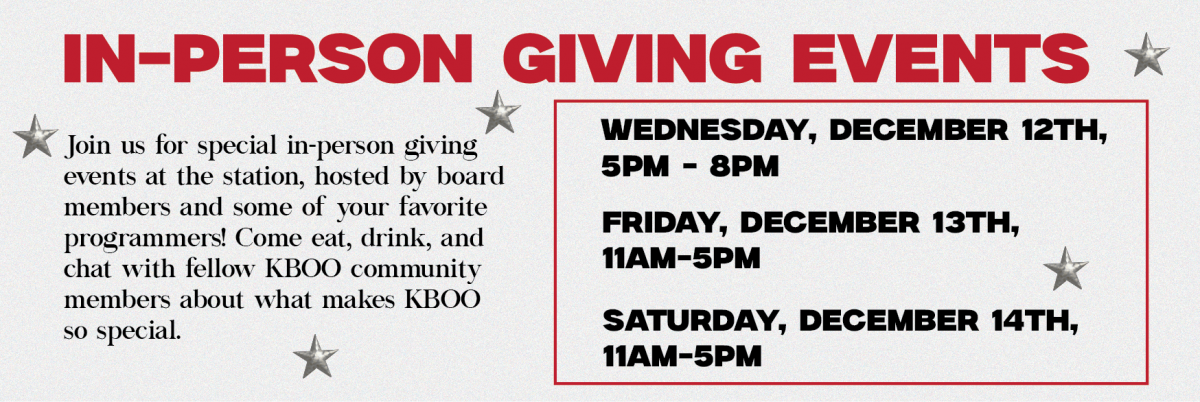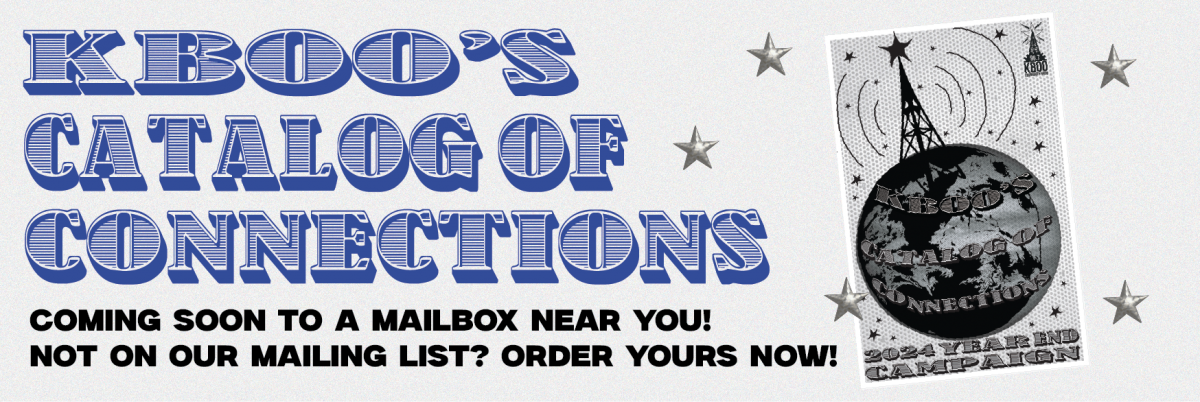
Driving along McLaughlin Ave as I am wont to do, I often see large groups protestors with flags and signs, expressing their First Amendment rights for conservative values and beliefs. But I rarely see "a" protestor, with "a" sign, expressing their First Amendment rights for progressive values because, I think, they are simply intimidated to be out there by themselves. It's easier to be in a school of fish than out there all alone. But some people just have the guts of the star in "Finding Nemo".
I met such a young woman holding a very large, homemade Black Lives Matter sign as traffic buzzed by one recent Saturday evening. I later learned she was Anna Sanger Reed, the Executive Director of the Western Energy Institute in Lake Oswego. I was so struck by the fact that she was out there, by herself, in a community that she admits isn't always friendly to her message, that I just had to talk to her.
The traffic noise is kinda bad, so here is a transcript.
DM - First of all, tell me your name.
ASR - My name is Anna Sanger Reed.
DM - OK and you live in Milwaukie?
ASR - I live in unincorporated Clackamas county.
DM - So, when I approached you, when I first saw you, one of the things I said was the BLM protests happened, for the most part, last year. A side goal of the BLM protests was to bring attention the fact that President Trump probably should not be reelected, and he wasn't. So, it is July of the following year and for the most part, the BLM protests have died down. But you are out here on, what is it McLaughlin, no, 82nd ...
ASR - 99E, yeah McLaughlin
DM - You're on McLaughlin, by yourself at 7:30 in the evening on a Saturday ...
ASR - On my second to last day of vacation, mind you.
DM - Right, OK so ...
ASR - Of a week vacation ...
DM - So, how many days have you been doing this?
ASR - This is my very first day coming out here.
DM - OK, so, and you're holding a BLM [sign]. A very easy to see BLM [sign].
ASR - I just made it. I slapped it together. I got paint all over my wrist.
DM - OK, so the question I have is why are you out here?
ASR - The reason why is because I was driving home from watching my nephew, and I saw the group of people who were holding their American flags. And I saw a flag that said, "F" Biden, and I just felt like, this doesn't feel the way I want my neighborhood to feel. I want my neighborhood to feel like it's open and welcome to everybody. And so I made my own sign with my message and I came down here to show it off.
DM - So, I've seen the same groups of people. I see them in a lot of places. I've seen them down there, I've seen them up on Beavercreek Road. It seems like there's a lot more of them than there are of you.
ASR - Right here, right now.
DM - Right. Why do you think that is?
ASR - I think that it's hard for people to feel safe showing a non-Republican point of view in this part of town. And it's one of the things I was a little nervous about buying a house in this area. But the more I just feel that feeling of divide, the more I feel like I can't really afford to stand aside and not make my voice heard. And so, we have lots of conversations when the election was happening about whether or not we felt comfortable people putting signs in our yard. And it was a really tough decision but ...
DRIVER - BLACK LIVES MATTER!
ASR - Woo Hoo! We ended up not putting any signs out which felt ... that made me realize I don't want to feel like I'm silenced in my own neighborhood. And so when I see other people speaking up, it makes me feel like, Oh, OK we can have a conversation out here where we show our beliefs. And the main reason I wanted to make my sign was because I don't want anybody driving home from work or driving home from visiting their family and see that and feel like there's any kind of intimidation or exclusion of a particular group of people, which to me when I see that, um, I know it can be interpreted that way And so I want to make sure people also see my sign, that Black Lives do matter.
DM - Do you feel like you could have a conversation with someone in one of those other groups though?
ASR - Potentially, but I know that I'm not a very skilled debater. You know, I'm not going to throw myself into a situation where I try to represent different groups because I know I don't have necessarily the right things to say. But what I can do is use what momentum I feel like I can see to build on people feeling included. Just saying this isn't representative of this community so that I don't want people to feel like they can't ... you know, maybe people are out here looking to buy a house in this neighborhood. And if they see that, then I don't want them to feel like they can't be included in part of our community.
DM - OK, but by saying you don't feel like you have the tools to say what you want to say or what needs to be said, are you making the assumption that they do?
ASR - I don't really know. I think, for me, this was one of the first things I realized when I had a conversation bringing this up, it gave me a tool where I could engage. And so, for example, I actually did, when I first got home, in my room, I just said out my window, I tried not to yell but I said it kinda fast, "Black Lives Matter." And I heard somebody's voice say, "Not to me." That just happened like, half an hour ago. And honestly, I don't know if I would've gone and gotten - made a sign if that hadn't have happened, but to me it was like, no you don't say that to me in my neighborhood.
DM - Right.
ASR - So, this felt like such a small thing to do. But even just thinking about the individuals who might go past and see it and feel that they might have somebody on their side is really important to me.
DM - So then, how do you go about getting other people on your side who feel the same way? I mean, like I said, you're by yourself. And the other groups don't seem to have any problem assembling people who are like minded for them.
ASR - Yeah, well I think earlier when there was a lot more BLM momentum, I know there were quite people out on their own standing on street corners with signs. It's just that when you saw them on street corners doesn't mean there weren't individuals on all street corners You could look at it that way. I want to make sure ... maybe then somebody else thinks, oh, well maybe on another day when they're there, we can hold our sign up. You know, I don't think there's anything to gain by trying to rile them up. See, they're like a block away. I don't want to feel like I'm encroaching on their ability to have free speech. But I wanted to have my own message. Did you interview any of the people at the other ...
DM - I didn't even get that far. I don't even see them.
ASR - Oh wow. Oh, they might've left. I decided I was going to be down here until they left, but yeah, there was a whole lot of them there.
DM - And so, let me make sure I understand. You saw them, ...
ASR - Yes ...
DM - And then, you came out ...
ASR - I came home, slapped a sign together. And then I walked down here because I didn't want anybody to be able to trace my car to where I live.
DM - Right
ASR - So its like I'm still a little nervous about it. But it's like ...
DM - But you purposely came out here, sort of as a direct response.
ASR - What I wanted to do was to have anybody driving this direction, I wanted them to see my sign first so that when they see that, they remember there was somebody that held BLM more important than all those messages. And it's patriotic.
DM - Red, white and blue! I saw that. That's the first thing I noticed was that it was red, white and blue. Anyway, it was really nice to meet you and talk to you.
ASR - I appreciate you talking to me.
DM - Yeah.
- KBOO




